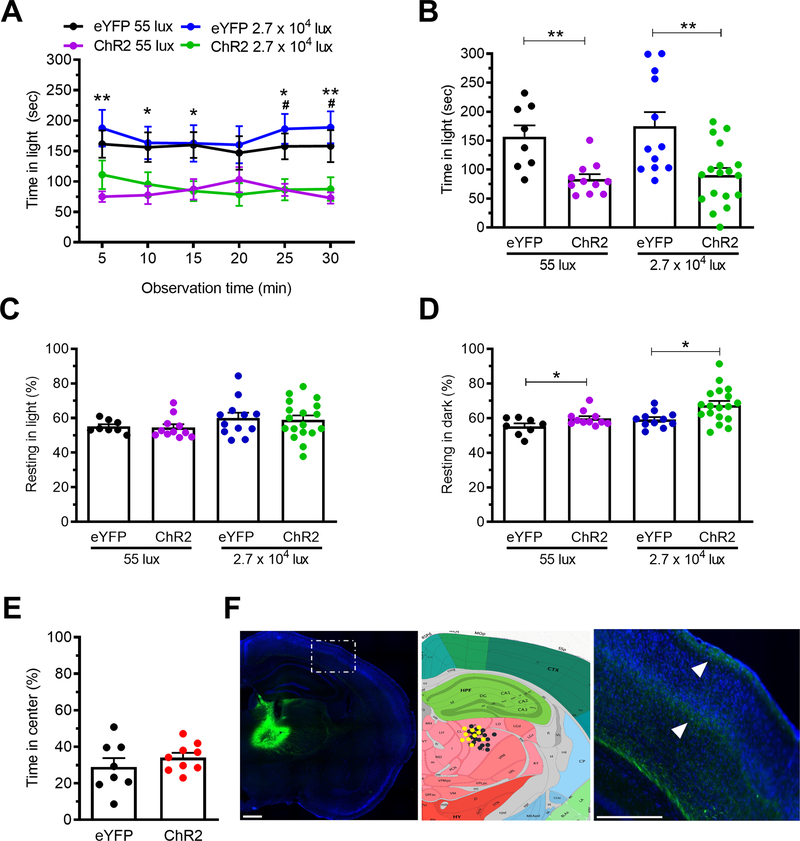Figure 1. Optical stimulation of posterior thalamic nuclei induces light aversion in both dim and bright light.
A. Time in light during 30 min light/dark assay following optical stimulation of C57BL/6J mice injected with AAV encoding either ChR2 or eYFP (control). Light/dark testing was performed with different cohorts of mice at 55 lux (dim light) and 2.7 × 104 lux (bright light). All mice in panel A are further analyzed in panels B, C, D. B. Mean time in light per 5 min block of individual mice from panel A. C. Time resting in light during the assay. D. Time resting in dark during the assay. E. Time in center during open field assay. F. Left: expression of AAV2-CaMKIIa-eYFP (green) in the posterior thalamic nuclei, counter stained with DAPI (blue). Middle: schematic of positions of optical fiber probe tips for all ChR2 mice. Mice tested at 55 lux are indicated in yellow and at 2.7 × 104 lux are in black symbols superimposed on Allen Mouse Brain Atlas coronal image (image 74/132). Image credit: Allen Institute. Right: magnified view of left-hand panel (dashed box) showing green axonal projections (arrowheads) from the posterior thalamic nuclei to the somatosensory cortex. Scale bar = 500 μm. All error bars are SEM, * p < 0.05, ** p < 0.01, # p < 0.05, ## p < 0.01. See Table 1 for detailed statistical analyses. A-D: At 55 lux: eYFP n=8, ChR2 n=11; At 2.7 × 104 lux: eYFP n=12, ChR2 n=18. E: eYFP n=8, ChR2 n=9

